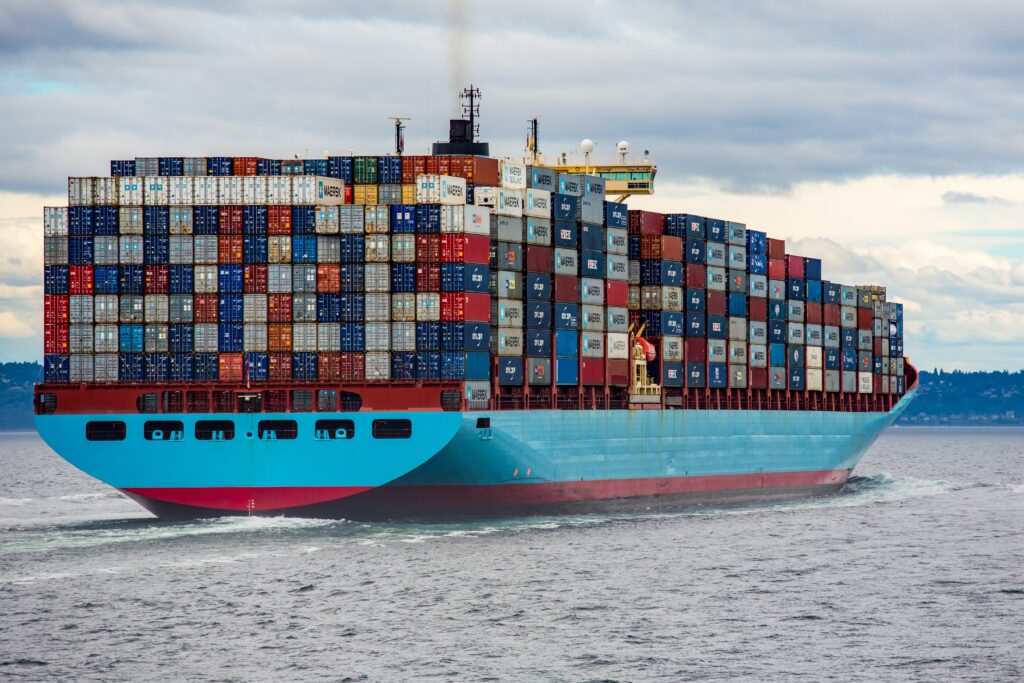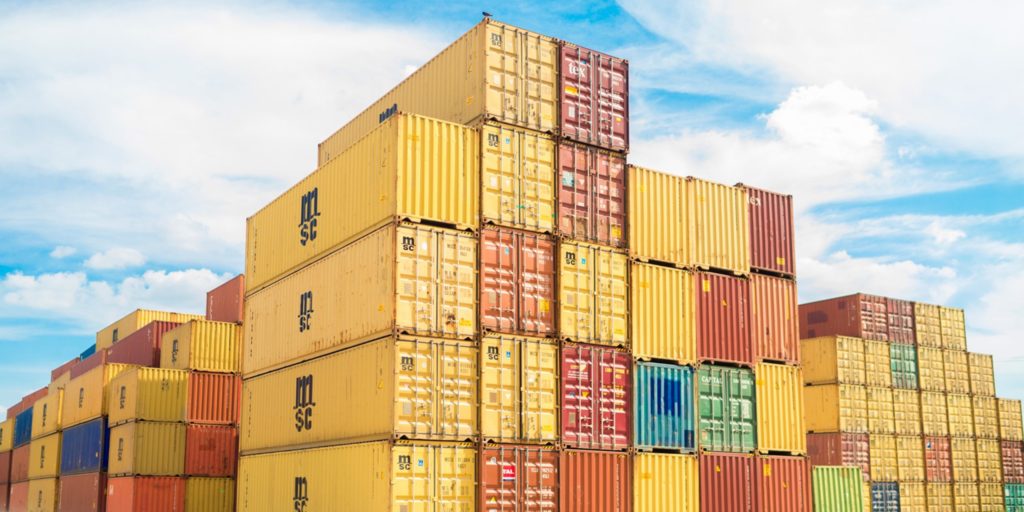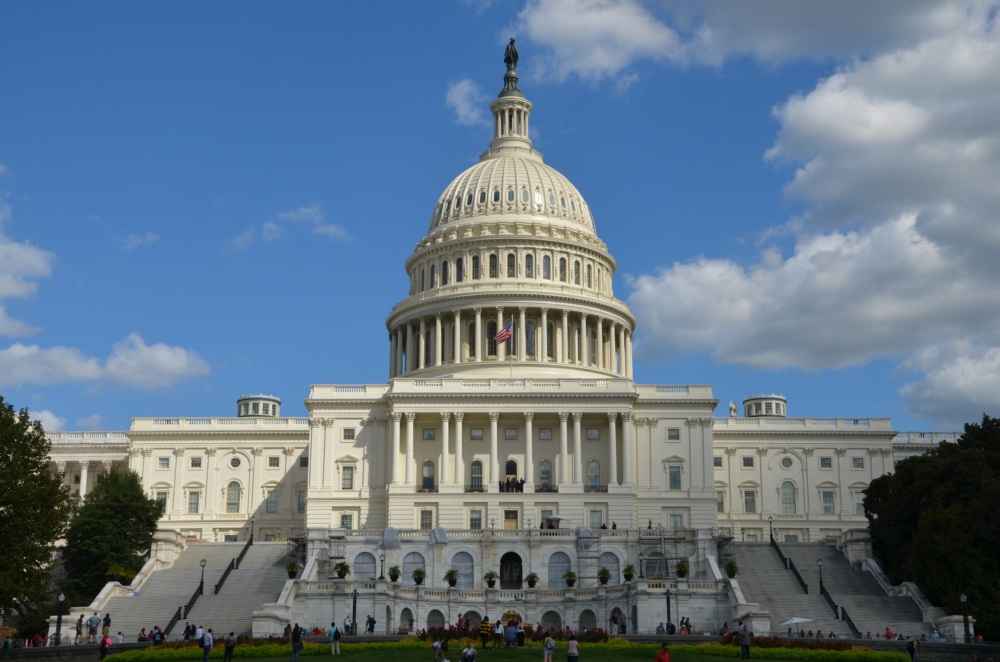Forced Labor
The Chinese government’s abuses of Uyghur and other Turkic and Muslim-majority peoples, which have been deemed crimes against humanity, is embroiling leading brands and retailers in a severe human rights crisis. State-sponsored forced labor is widespread in the Xinjiang Uyghur Autonomous Region (Uyghur Region) and intersects with other egregious human rights abuses, including: mass arbitrary detention, mandatory political indoctrination, forced family separation, and pervasive surveillance.
The apparel and textile sector is a focal point of the Chinese government's forced labor program. The greatest risk of forced labor for the global apparel industry lies not at the level of garment sewing, but rather down the supply chain, in the production of cotton and yarn. The Uyghur Region is the source of a significant amount of global cotton output, which translates to a jarring statistic:
In 2020, roughly one in five cotton garments in the global apparel market had content from the Uyghur Region, carrying a high risk of being made with forced labor.
There are four, often intersecting ways that apparel brands and retailers are contributing to the Uyghur forced labor crisis:
- Through commercial relationships with any production facilities located within the Uyghur Region making apparel or other cotton-based goods;
- Through commercial relationships with companies based outside of the Uyghur Region that have subsidiaries or operations located in the Uyghur Region and that have accepted Chinese government subsidies and/or employed workers provided by the government;
- Through commercial relationships with suppliers that have employed, at a workplace outside the Uyghur Region, workers from the Uyghur Region who were sent by the government; and
- Through business relationships with suppliers in China and globally that source inputs produced in the Uyghur Region, such as, but not limited to fabric, yarn, or cotton.
Because of the extreme levels of repression and surveillance in the region, the mechanisms that brands and retailers would normally use to ensure that their supply chains are free from forced labor—i.e. labor rights audits—are a practical impossibility in this context. This is because it is not possible for a worker to speak candidly to an independent investigator without the fear of retaliation or reprisal. As such, the only way that apparel brands and retailers can ensure that they are not complicit in Uyghur forced labor is by exiting the region at all levels of the supply chain, from cotton to finished goods, and ending commercial relationships with companies that are implicated in this forced labor crisis—as is now required by the Uyghur Forced Labor Prevention Act for importers into the United States.
The WRC is a Steering Committee member of the Coalition to End Forced Labour in the Uyghur Region, a broad and diverse network of human rights, labor rights, and Uyghur rights organizations. This is in addition to the WRC’s ongoing work on this issue in the university apparel context.
The Coalition's Call to Action, endorsed by more than 415 organizations from 45 countries, asks brands and retailers to stop all sourcing from the Uyghur Region and to cut ties with companies implicated in Uyghur forced labor.
In December 2021, the Call the Action was essentially codified into U.S. law with the passage of the Uyghur Forced Labor Prevention Act (UFLPA), which went into effect in June 2022. The UFLPA statistics dashboard provides information on reviews and enforcement actions under the law.




Coalition to End Uyghur Forced Labour Testifies before Congress